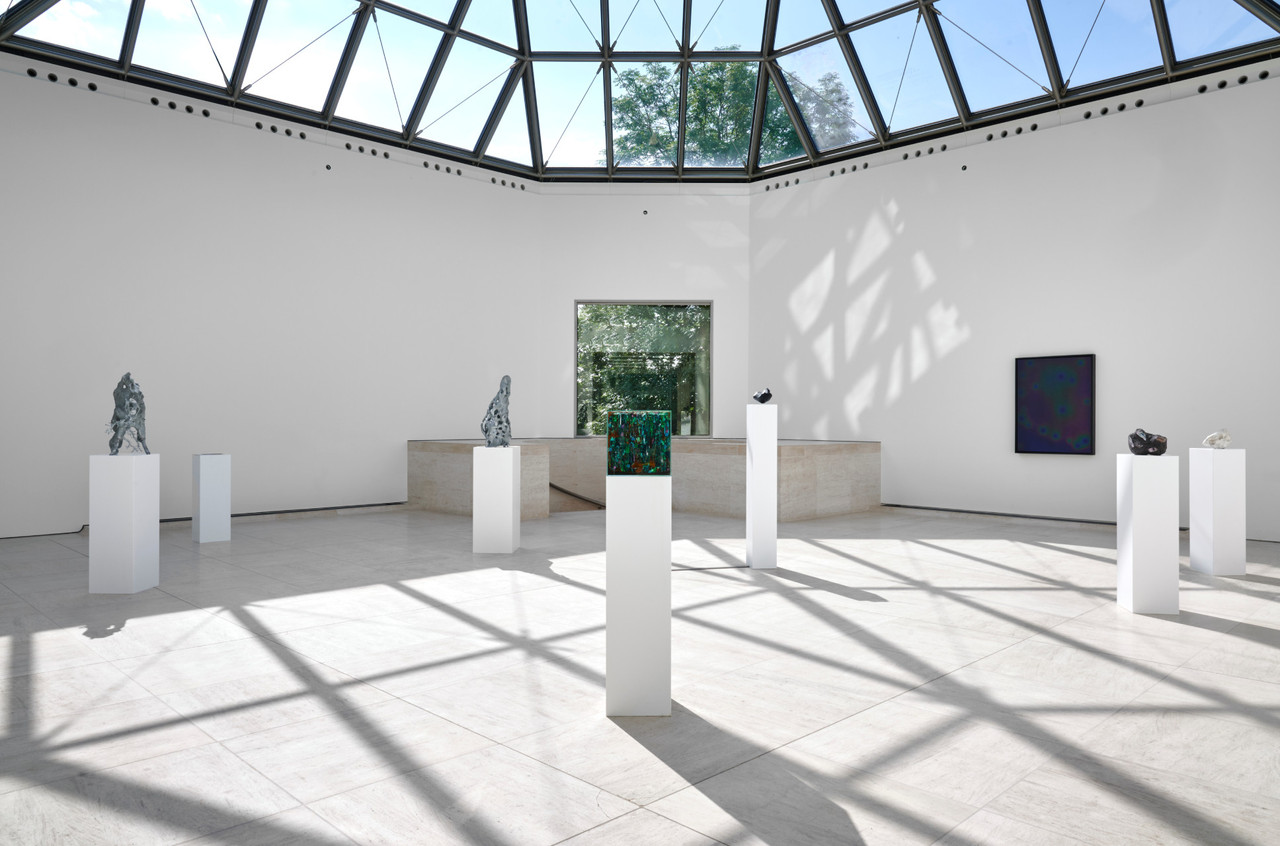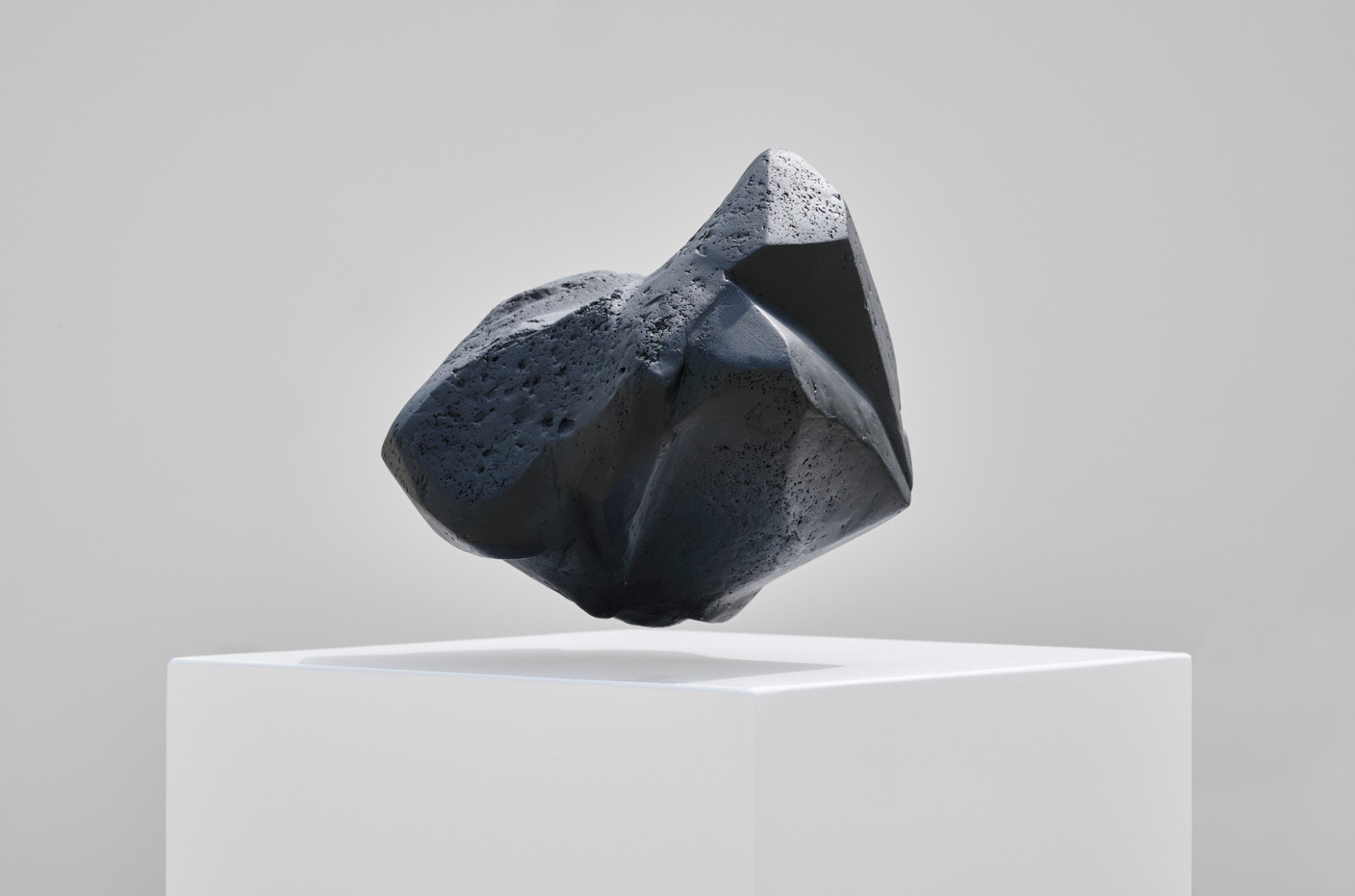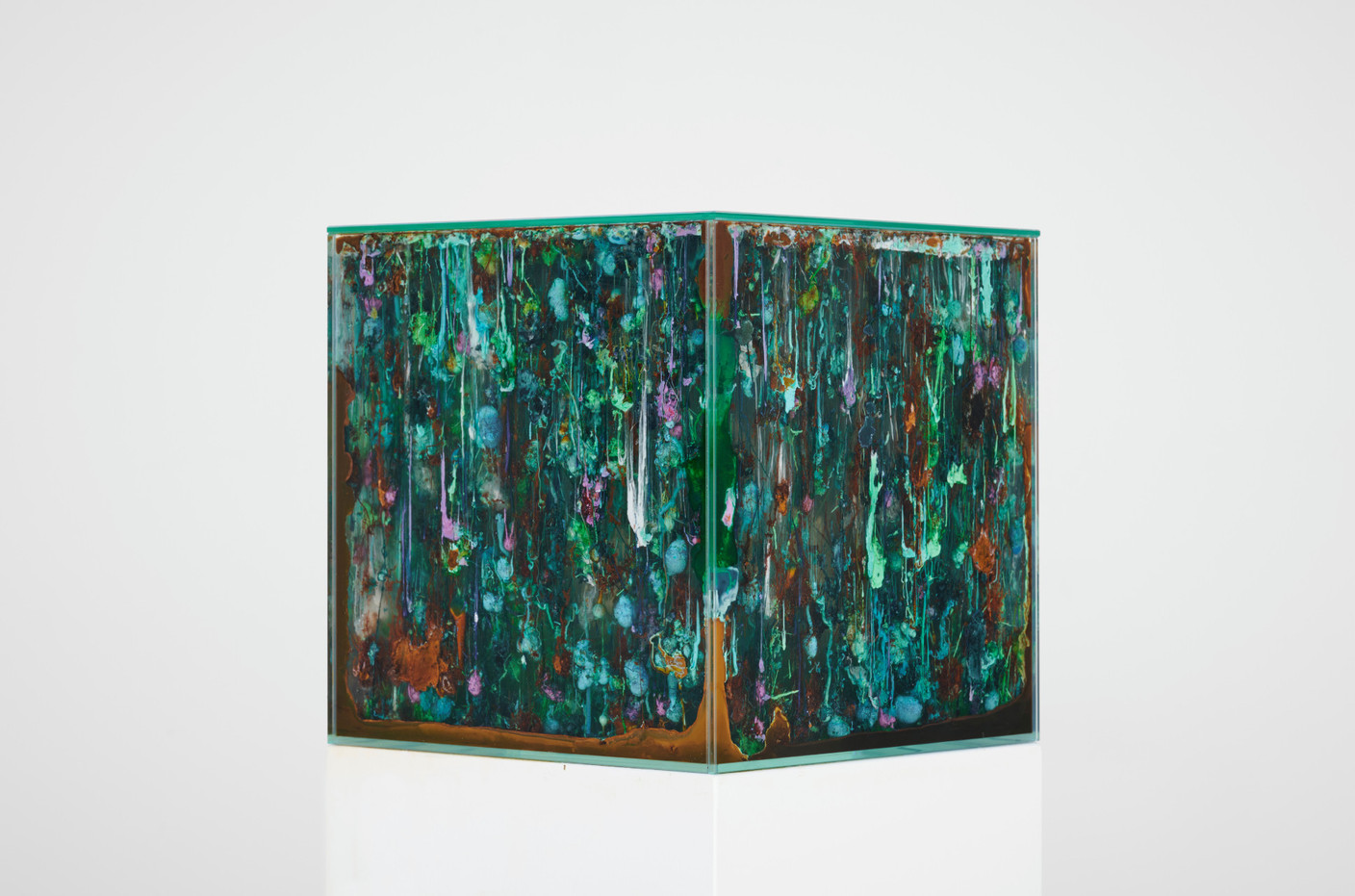Agnieszka Kurant, whose work is currently on display at the Mudam, is one of those artists who works with technology and artificial intelligence while managing to introduce a strong aesthetic dimension and questions about our world. She is interested in contemporary phenomena linked to collective, non-human intelligence and the digital economy.
“The Risk Landscape exhibition reflects the new trends in contemporary art, which we are also introducing into our collection and programme,” says , director of Mudam. “In the autumn, we will have another exhibition showcasing the work of women pioneers in digital art issues.”
The works presented in Kurant’s exhibition are based, among other things, on the notions of risk management commonly used in the investment fund industry. “Many investment funds, institutions and companies consult companies specialising in predictions to obtain data that is then analysed and monetised,” explains Kurant. “I’m amazed to see how many industries are capitalising on the future, on these speculative elements.”
From the glass walkway leading to the Leir Pavilion, where her works are on display, Kurant questions this very notion of the future. “I realised that the future is perceived spatially in very different ways depending on the culture. We Westerners have a notion of the future that lies ahead of us. But other people place it below, beneath or even behind them.” To reflect this, she reproduces the word ‘future’ in 14 non-Western languages (Vietnamese, Malagasy, etc.) and invites the spectator to see the future in a different light.
The living, the collective, the network
In the main hall of the pavilion, a series of recent works and new productions are on display. They focus on the impact of collective intelligence on the evolution of life, geology and the economy. Chemical Garden is an aquarium containing metals such as cobalt, copper and chromium, which are used in computers and mobile phones. These metals produce salts that crystallise into unpredictable, ever-changing shapes that look disturbingly similar to traces of paint. “These are also primitive metals, which were present on Earth long before the appearance of living organisms,” adds the artist.
Visitors can also discover two sculptures that are negative impressions of habitats dug into the earth by termites. Each habitat is unique and reflects the collective intelligence of the insect colony.
Then there’s Alien Internet, an installation made of ferrofluid, a material invented by Nasa but never used for any purpose, whose changing shape reacts to a magnetic field. This magnetic field varies according to data dictated by the behaviour of ‘micro-chipped’ animals linked to an Internet surveillance network.
Visitors will also be drawn to Air Rights 7, a levitating meteorite that refers to the economic phenomenon of selling the space above a property, a practice seen in New York and other megacities. The work is also reminiscent of space mining, with which Luxembourg is very familiar.
In the basement, we discover the fascinating Risk Landscape triptych, which gives the exhibition its title. Inspired by financial risk management strategies, these paintings are in fact holograms that simulate future scenarios for three geographical locations: the Gaza Strip, Mudam and Lviv in Ukraine.
Other more playful works are also on show: Lottocracy is a lotto machine, but its balls reveal a series of risks and statistics at random. The title of the work refers to a radical concept in political economy that would replace parliamentary elections with the drawing of lots.
Finally, there’s Futur Anterior, a series of pages in the New York Times printed with heat-sensitive ink and featuring articles based on predictions made by a fortune-teller in 2020. In retrospect, some of them remained fictions, but others were indeed premonitory...
Risk Landscape is on display until 5 January 2025 at .
This article was originally published in .




